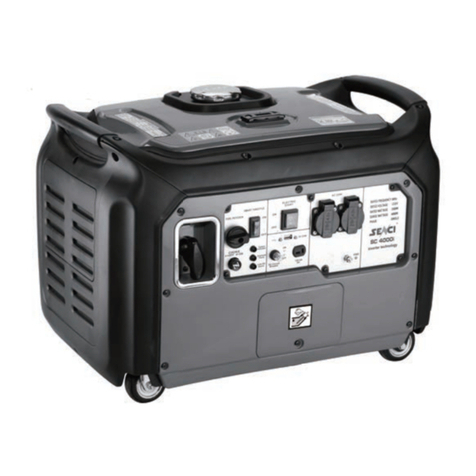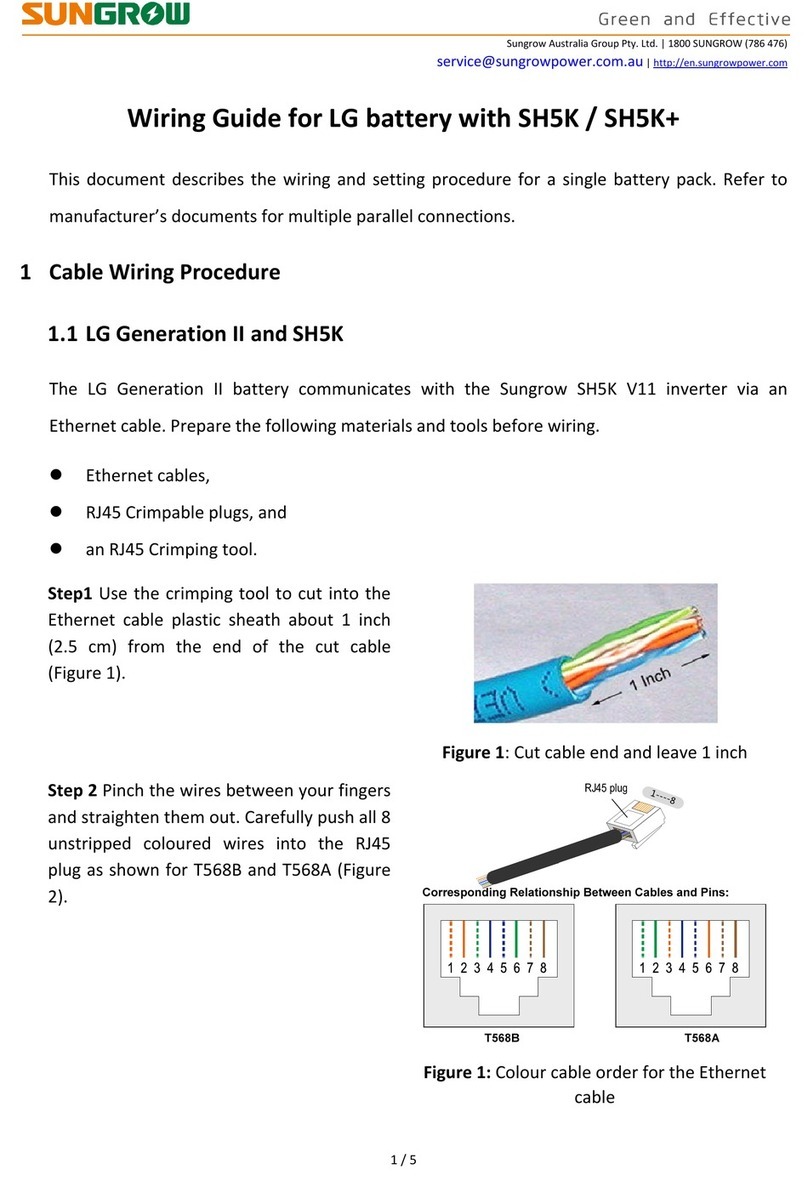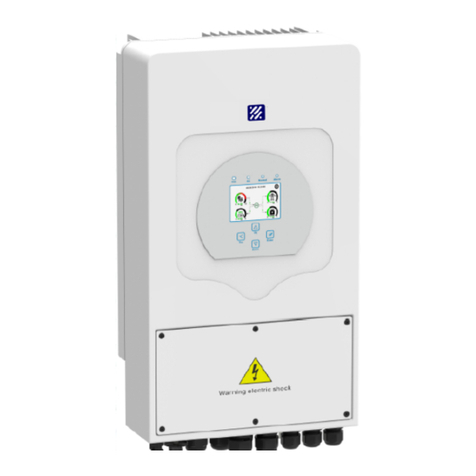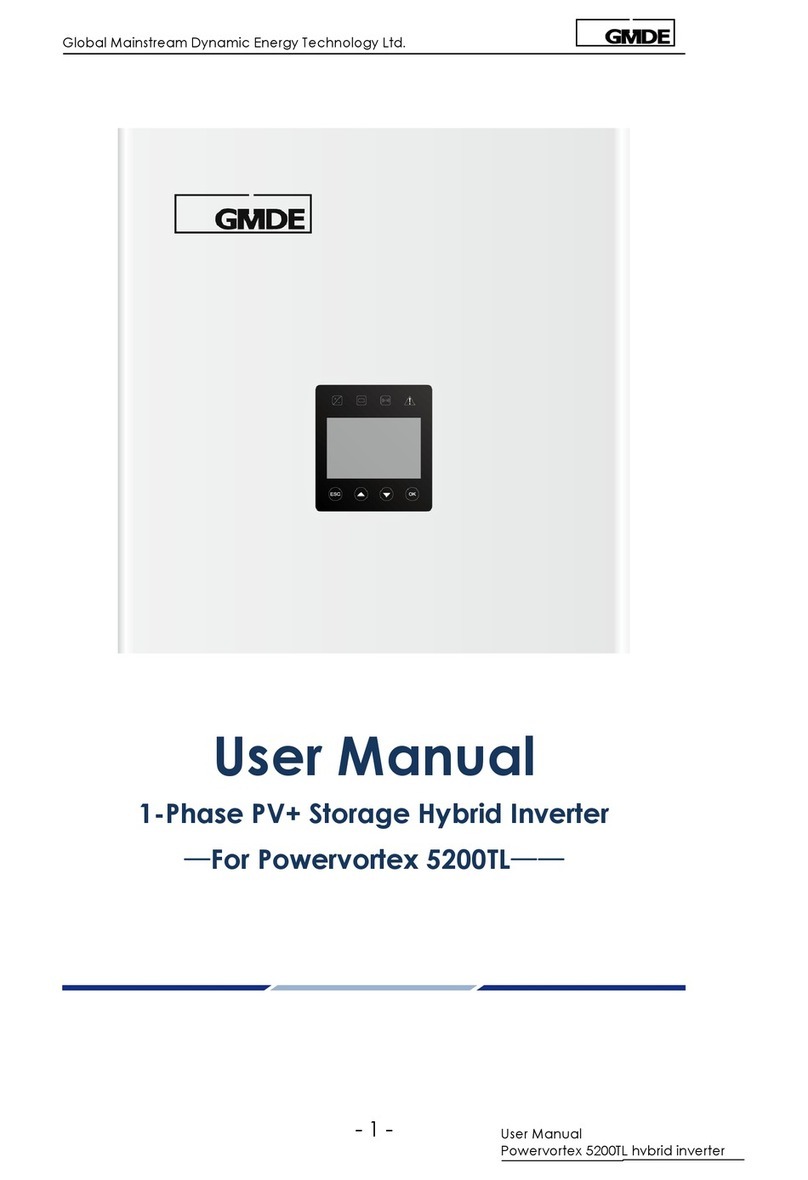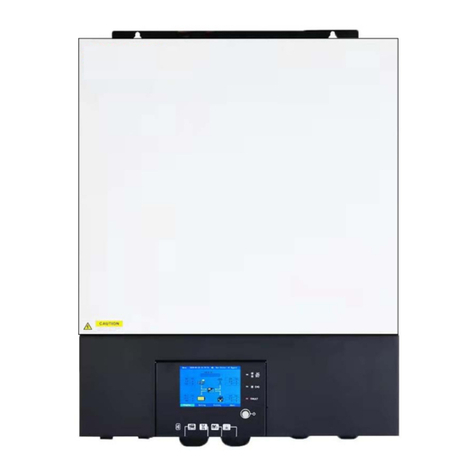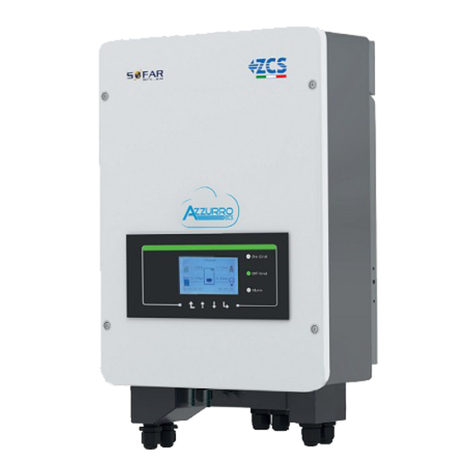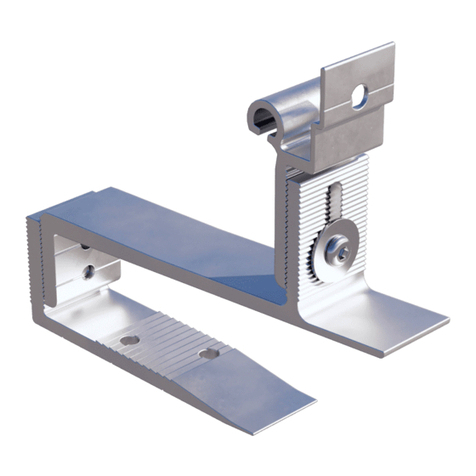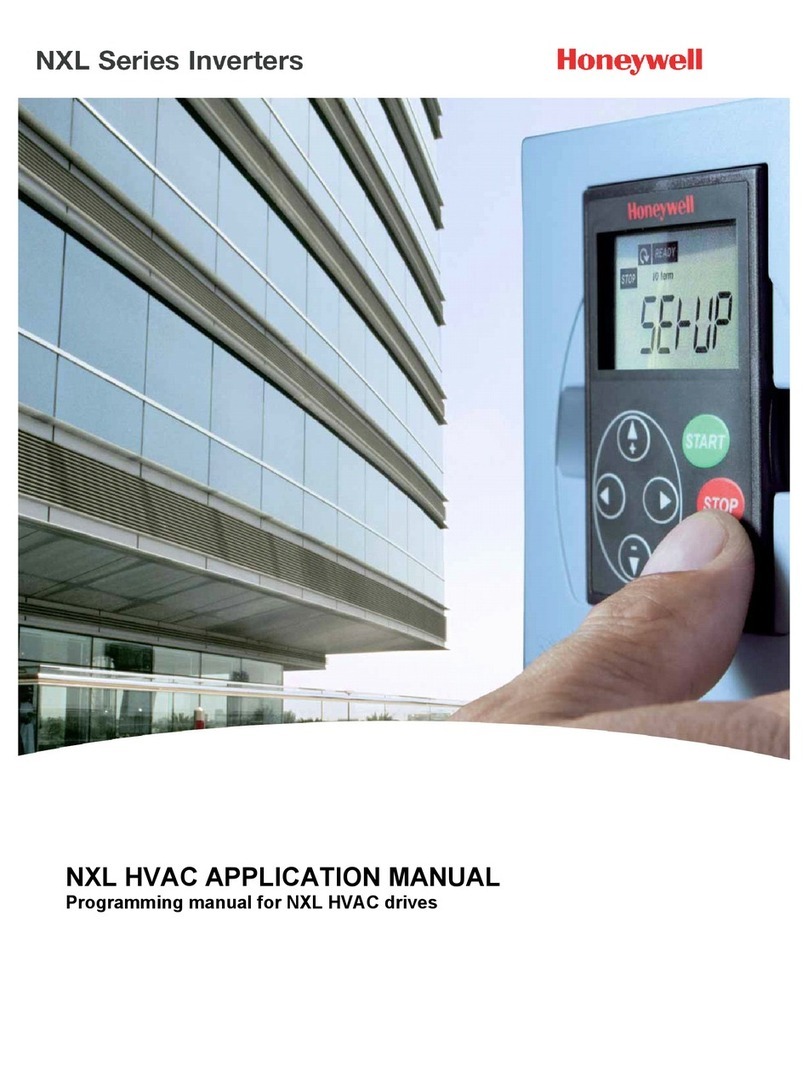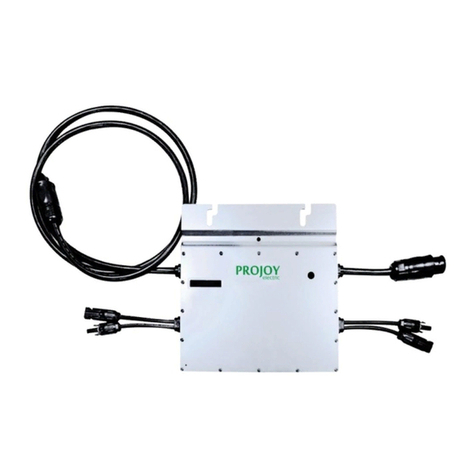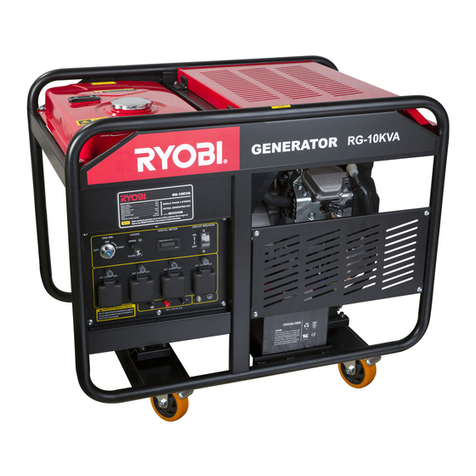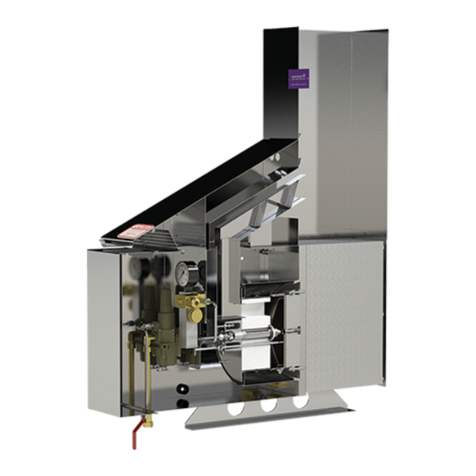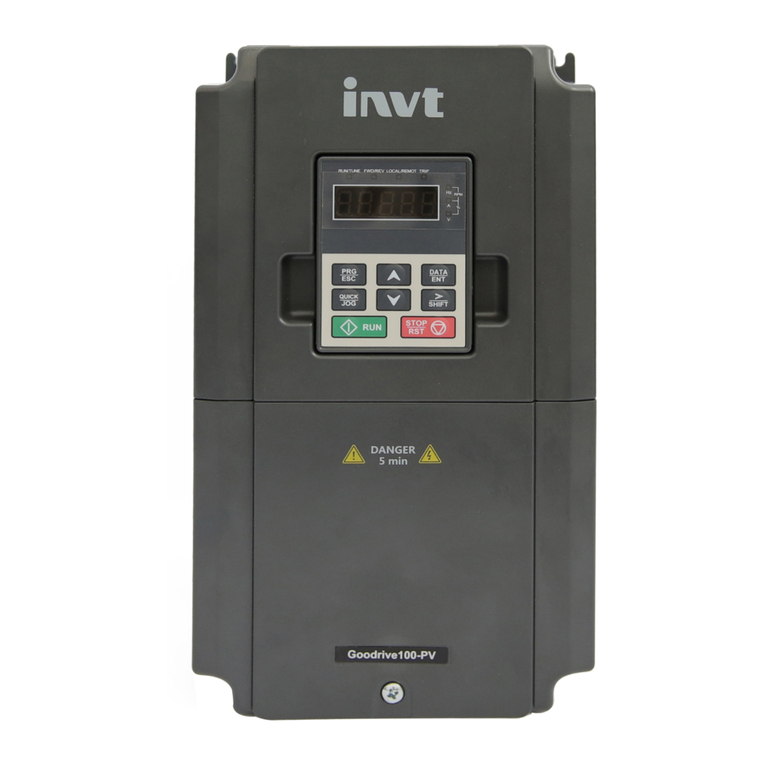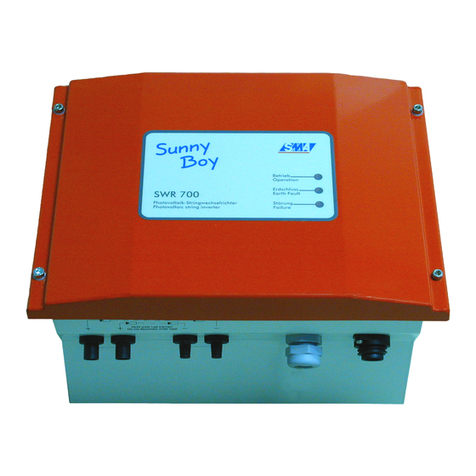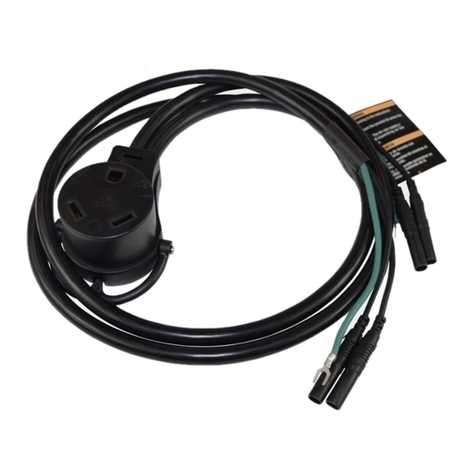Autopilot APCG4LP User manual

Autopilot
4 Burner CO2
Generator (LP or NG)
Specs 1
Natural gas or Propane 2
Installation 3-4
Start Up Procedure 5-6
High Altitude units 7
Electronic Ignition Module 8
LED Indicators 8
Q & A 9-10
Warnings 11

Page 1 APCG4
Specs
Power Requirements 400 ma @ 24VDC
# of Burners / material 4 precision brass
BTU Rating LP 9,052
NG 11,068
Cubic Ft CO2 per hour 11 SCFH
Natural Gas (NG) Pressure 4.5” WC / 1.15 kpa
Propane Gas (LP) Pressure 11” WC / 2.8 kpa
Weight 18 lbs
Dimensions 15” x 8.4” x 18”
IMPORTANT MESSAGE
Read and understand this instruction manual
BEFORE attempting to operate this product.
Failure to do so could result in personal injury and /
or property damage.

Page 2 APCG4
Natural gas or Propane
There are 2 types of generators available, Natural Gas (NG) or
Liquid Propane (LP). Both units come with the correct
regulator and hose, along with pre-installed, clean-burning
brass burners. Both units are equipped with features like a
safety tip-over switch, to automatically turn off the unit
completely should it tip over or fall and an electronic ignition,
which eliminates the open pilot flame.
Natural Gas - or NG is provided from a major pipeline, directly
piped into homes and businesses. Because the incoming gas
pressure can vary from less than 1/4 PSI to more than 5 PSI,
the provided regulator MUST be used. (Unless the natural gas
pressure has been verified and is regulated at 4.5” WC) The
natural gas supply to the NG generator must be a regulated to
a very low pressure of 4.5” WC or 1/4 PSI.
Liquid Propane - or LP is stored in various sizes pressurized
tanks. The supplied LP regulator, (which is designed to
connect directly to portable LP tanks) MUST be used. The
propane gas supply to the LP generator must be a regulated
to a very low pressure of 11” WC or 1/2 PSI.
Note: Large outside propane tanks can be used as
long as the Propane gas pressure has been verified
to be regulated at 11” WC
*The standard for measuring low pressure is INCH / WC or
inches of water column.
!!WARNING!! Installation and connection of the gas lines
must be completed in compliance with local and national
building codes. Consult your local authorities for detailed
requirements.

Page 3 APCG4
Installation
Determine the best location for the generator. It must be hung
level in an area that is adequately ventilated.
!!Warning!! In closed spaces without adequate ventilation,
CO2 levels can accumulate and become toxic (CO2 levels
above 5000 PPM are toxic) Plants benefit from levels up to
1500PPM. Levels above 2500PPM can cause headaches
and /or other feelings of being ill.
The generator requires an unrestricted flow of air through the
bottom and must be hung. DO NOT set the generator on top
of anything such as a table, stand, etc.
Select an overhead support such as a ceiling joist to hang the
generator from. The unit must have a 20” minimum space
between the unit and wall, roof or any other possible
obstruction.
Use the provided hardware (20” chains, screw hooks, and S
hooks) to securely hang the generator.
Install the screw hooks into the overhead support. Use the S
hooks to secure the chain to the unit and the screw hooks.
Bend the S hooks so that they are secure.
Verify the APCG4 is hanging level. The APCG4 has a safety
feature, the “tip over” switch, which will turn off the burners if it
tips over or falls. The switch is like a pendulum and will turn off
the unit if it is not level.
Verify the gas supply, and the regulator being used match the
type of generator (NG or LP) selected.
Securely tighten the gas connection with 2 wrenches, using
the included 12 foot hose, connect one end to the flare fitting
and the other to the provided gas regulator. Verify connection
is secured safely.

Page 4 APCG4
Pressurize the gas line after connections are verified. Use
soapy water and a spray bottle to check for leaks by spraying
it onto the gas connection (fittings) and watch for bubbles. If
bubbles appear re-secure connection and repeat process.
Using the included power supply, connect the unit to a
controller or timer that will determine the amount of time and
how frequent the generator will operate. The APCG4 requires
24 volts DC. The unit should be operated only with
appropriate controls and/or timers.
The ignition module and firing sequence is activated by the
main power switch located on the side of the APCG4. The
generator has power and is in operation if the green “Power
On” indicator light is on.
Note: DO NOT turn on the generator. After the unit
has been successfully installed, read the Start up
Procedure to ensure safe and proper use of the
GEN-4.
!! WARNING!! A spark is produced from a pair of
electrodes near the tip of the brass burners to ignite the
gas. Keep foreign objects away from electrodes.

Page 5 APCG4
Start Up Procedure
After completing the installation, follow this start up procedure.
Verify the power switch is off and the unit is not plugged in.
Verify there are no foreign objects or loose packing materials
on the inside of the unit.
Make sure nothing appears damaged or out of place.
Check and confirm that the gas connections are connected
properly.
Pressurize the gas lines by opening any of the shut off valves
on the gas supply. Test for gas leaks especially if this is the
first time the unit will be used,
Make sure there are no objects within 20” of the surface of the
unit.
Plug in the 24 volt DC power supply into a 120 volt power
source. Then connect the small power cable to the power inlet
jack on the CO2 generator.
Turn the power switch ON. The green LED indicator light
should illuminate next to “Main Power On”.
Shortly after, the ignition module will attempt to ignite the
burner(s) for approximately 5 seconds. The yellow LED
indicator light should illuminate next to “Pilot Valve On”
If the burners fire, continue to next step. If this is the first time
using this unit or the LP tank has been replaced recently, the
burners may not fire the first attempt. After a 30 second pause,
it will attempt to re-fire the burner(s) for 15 seconds. This cycle
will repeat until it fires or for a maximum of 5 tries.

Page 6 APCG4
Start Up Procedure (cont)
The unit should fire before 5 attempts however, after 5
unsuccessful attempts, the module will lock itself out and the
LED light next to “Lock Out (error)” will be illuminated. Turn off
the unit and wait 5 minutes to allow the gas to dissipate. Retry
to start the generator.
NOTE: If starting the unit for the first time or after a
new tank is connected, make sure to “purge” the gas
line of any air to ensure gas is flowing to the
burners.
Once the burners ignite, look under the unit and confirm the
flame is blue and consistent and resembles a flower or 6 point
star.
!!WARNING!! Power the unit off immediately if the flame
appears yellow or excessively large. DO NOT OPERATE
with yellow, excessively large, or small “lazy” blue flames.
If the flame appears yellow or too large, verify the correct gas
supply is being used and that the supplied gas regulator is
being used. High pressure or incorrect gas type may increase
flames to dangerous heights.
If the flame is blue but appears small, verify the correct gas
supply is being used (if LP, verify tank level is not low) and
that the supplied gas regulator is being used. Low pressure or
low LP tank may cause small or "lazy" blue flames.
After the generator has been tested at full capacity, connect
the APCG4 to a compatible controller or timer.
!!WARNING!! The APCG4 produces up to almost 11,000
BTU’s of heat at full capacity. Verify the area around the
APCG4 is not getting too hot for the surroundings.

Page 7 APCG4
High Altitude units
The standard brass burners have been designed to operate
correctly at an altitude between sea level and 4500 Ft of
elevation. If you are at an altitude higher than 4500 feet, do
not use the standard unit if yellow flames are visible. HA (High
Altitude) burners are available by contacting the factory.
If you are using the HA version of the APCG4, the burners are
designed to run leaner so that the lower oxygen level at
altitude will not affect the proper and complete combustion of
the fuel. As a result of the leaner burner calibration, the HA
version of the generator is going to produce lower CO2 output
The standard NG and LP brass burners have been designed
to produce approximately 3 Cu Ft of CO2 per hour. When the
HA (high-altitude) burners are used, the CO2 output and BTU
of each burner is reduced by approximately 15%.
The HA units be used at lower than 4500ft (down to as low as
2500ft) elevation as long as the burners are lighting (igniting)
correctly. If you plan on using the HA unit at lower elevations,
first ensure that all burners are lighting correctly and
consistently before use.
!!WARNING!! Verify that the burners are operating
correctly.
* A burner that is burning very yellow indicates a rich
condition, or possibly low oxygen levels.
* Burners that do not consistently ignite could be clogged
or not be receiving enough gas pressure.
* A burner that burns almost invisibly with a clean blue-
white flame is running correctly.

Page 8 APCG4
Electronic Ignition Control Module
For safer operation, the APCG4 has an Electronic Ignition
Control Module that eliminates the “open” pilot flame. The
module creates a spark that lights the burner(s), providing
consistent and controlled starts.
The dual redundant solenoid valves are controlled by the
ignition controller. This provides twice the safety as a single
solenoid CO2 generator.
LED Indicators
There are 4 LED indicators located on the side of the
generator near the power switch.
Main Power On - When lit, indicates the 24 volt power supply
is connected or power is on.
Lock Out (error) - When flashing this indicates that the ignition
controller shut off the solenoid valve(s) and the unit is locked
out or will not operate until power has been cycled OFF then
back ON.
Main Valve On – When lit, indicates the ignition controller has
activated the main solenoid and the unit is in operation.
Pilot Valve On – When power is applied, the electronic ignition
module will begin to provide a spark for 15 seconds while the
“pilot” solenoid is energized. The indicator will remain lit while
the solenoid is activated and should be lit during operation.

Page 9 APCG4
Q & A
Should there be a gas smell in the area? NO. Turn off the
gas supply immediately, Do not turn on any electrical devices.
Ventilate the area by opening vents, doors, or windows. Leave
the area until the gas smell is no longer present. Once
ventilated and the gas smell is gone, determine where the leak
is by using soapy water. Spray the soapy solution on the gas
connections and watch for bubbles. Bubbles will appear if the
connection(s) are leaking. Seal the leaks. If this does not
correct the problem, call the factory.
The power is connected but not working and no indicator
light is on. The “tip over” switch may be activated. Tilt the
unit to one side and listen for a clicking noise. The switch is
like a pendulum and will turn off the unit if it is not level.
The burners are not lighting but the unit is trying. If the
burners do not fire the first attempt, it will try again. After a 30
second pause the unit will attempt to re-fire the burner(s) for
15 seconds, This cycle will repeat until it fires or a maximum of
5 times. After 5 unsuccessful attempts, the module will lock
itself for a 20 minute pause. The LED light next to “Lock Out
(error)” will be illuminated. Verify that the spark is being
generated and the position of the sparking electrodes is close
to the burner to be lit.
One or more of the burners is not lighting? Make sure the
gas line is not kinked or twisted and the gas supply is
adequate. Do not operate if yellow or large flames are present.
If using propane, turn off the gas regulator for 30 seconds, and
then try again.
The CO2 level is not increasing to my desired PPM level. If
both burners are operating, check for air leakage in the grow
area and confirm that exhaust fans are not operating when the
CO2 is being produced.

Page 10 APCG4
Q & A
The grow area is getting too humid or hot? Remove the left
burner and replace with the supplied pipe plug. This will
reduce heat and humidity.
Should the APCG4 be buzzing and / or sparking? Yes,
when the unit is firing you will hear “sparking” sounds. It will
attempt this up to 5 times, before going into lock out mode.
However it is not usual for the unit not to start after 5 times
unless the gas flow has been interrupted.
The indicator light beside the “Lock Out (error)” is
flashing. The unit may be out of propane or the gas supply
may have been interrupted. The safety mode or Lock Out
(error) is an automatic built-in feature that will activate if the
pilot does not fire after 5 attempts. Once the problem has been
corrected, turning the power off for 30 seconds and back on
will reset this function. It will also reset after 20 minutes and
attempt to ignite the burners.
How should the flame(s) appear? The flames should burn
clean and blue with a resemblance to a flower or 6 point star.
If the flame is yellow, extra large or a small blue dot not
resembling a flower or 6 point star, DO NOT OPERATE THE
GENERATOR… consult the factory
Does it matter which burner I remove? Yes, the burner on
the right located directly under the igniter must remain in
place.
How much CO2 does the unit produce? The brass burners
are designed to produce approximately 3 cu ft per hr. If more
CO2 production is required, select a CO2 generator with more
burners.

Page 11 APCG4
If the information in this manual is not
followed exactly, a fire or explosion may
result causing property damage,
personal injury or loss of life.
* Do not store or use gasoline or other flammable
vapors and liquids in the vicinity of this or any other
appliance.
* Installation and service must be performed by a
qualified installer, service agency or the gas
supplier.
WHAT TO DO IF YOU SMELL GAS
* Do not try to light any appliance.
* Do not touch any electrical switch: do not use any
phone in your building.
* Open doors or windows to ventilate the area.
* Immediately call your gas supplier outdoors.
* If you cannot reach your gas supplier, call the fire
department.

Page 12 APCG4
IMPORTANT MESSAGE
Read and understand this instruction manual
BEFORE attempting to operate this product.
Failure to do so could result in personal injury
and / or property damage.
Made in China
This manual suits for next models
2
Table of contents
